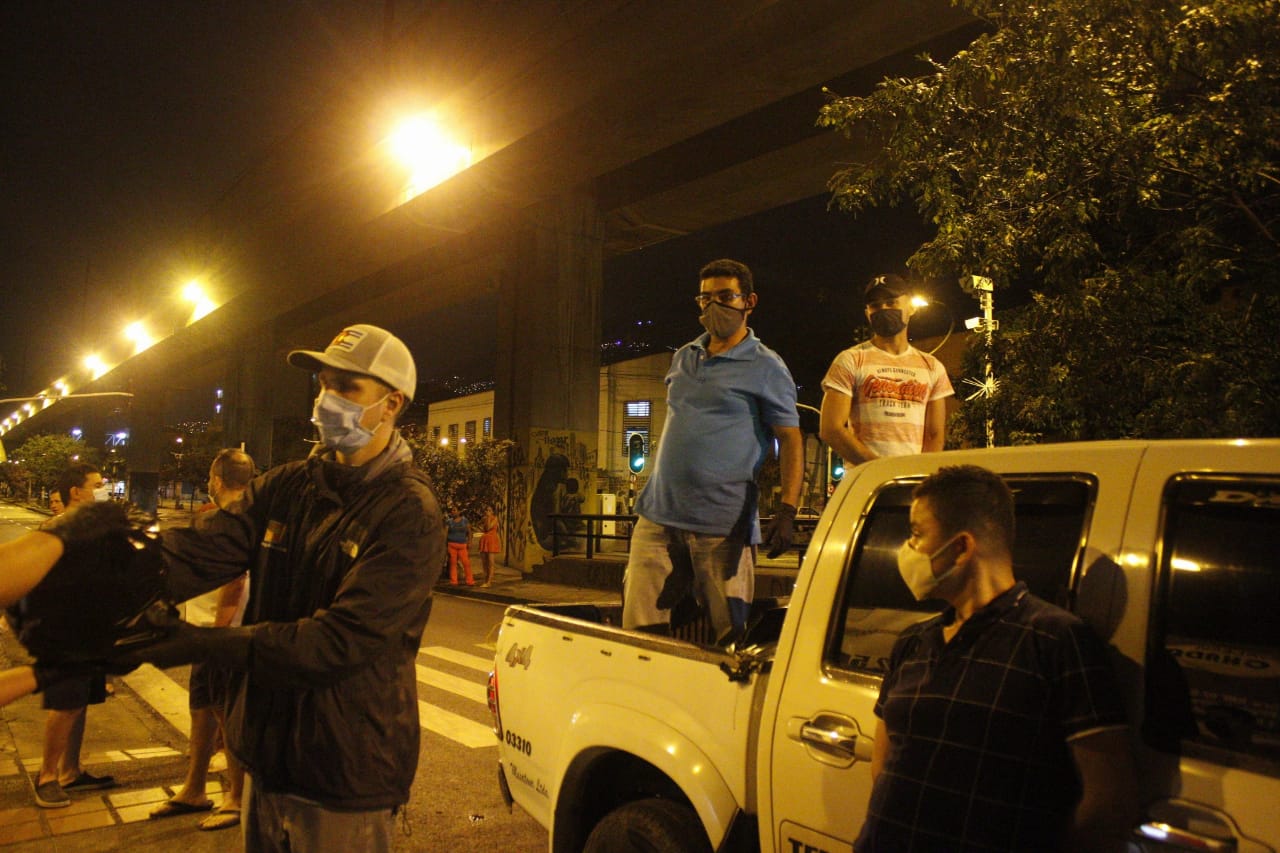
Will the new Zidres law live up to expectations and help develop rural agriculture?
The government is turning its attention to oft-neglected rural areas as it looks to tackle a shocking decrease in staple food production. Mat Youkee explains the thinking behind the Zidres law
As the peace talks in Havana enter their final months, the government is intensifying its focus on rural development as it seeks to increase state presence and create hubs of economic development in some of the country’s long neglected regions. At the end of 2015 Congress passed a major reform that will be the cornerstone of the country’s attempts to boost agricultural production. Under the new law, so-called Zidres (Zones of Rural, Economic and Social Interest) will be created, allowing for the creation of large-scale farming projects in isolated regions.
Land reform has been a fundamental topic in the peace process. The FARC’s stance has traditionally been that campesinos (small-scale farmers) should own and work their own lands. However, in a recent interview with Semana, FARC leader Timochenko accepted that he could see circumstances in which large and small scale farmers could work side-by-side. “In Colombia we have the capacity to be self-sufficient but over 10 millions tons of food are imported each year”, he said. “Why don’t we produce them ourselves?”
The volume of imports is certainly a concern. Since the year 2000, Colombian food production has increased 23% from 25.6 million tons to 31.4 million tons, while imports have increased 93% to 10.6 million tons at a cost of $5.4 billion. Colombian farmers are producing less and importing more key staples of the local diet. In the first nine months of 2015 corn production fell 18.4% year-on-year and wheat plunged 42.9%. Over the course of 2015, the country imported 4.4 million tons of the former and 1.5 million tons of the latter.
Agricultural census
The reason for the decline in food production is relatively simple: Colombia’s campesinos work small plots, are often isolated from infrastructure, and habitually do not have machinery or technical assistance. They simply can’t compete with cheap imports, particularly those from the US – from which roughly half of cereal imports originate. Colombia’s first agricultural census in 45 years, which returned its results in August of last year, found that 83% of farmers lacked access to machinery and that less than one in ten farmers had received technical training to improve their productivity. In the last 15 years the government has signed multiple free trade agreements but has done little to mitigate the impacts of this policy on those most vulnerable to free trade: the campesinos.
Perhaps chastened by the findings of the census, which also highlighted the woeful state of rural education, the government appears to be refocusing its attention on the countryside. Just two months after the findings were released, the Ministry of Agriculture announced the Colombia Siembra plan, which purports to invest half a billion dollars over the coming three years in irrigation projects and financing for agricultural equipment. The goal is to sow an additional one million hectares of land by 2018 and to reach 6.2% growth in the sector, compared to 3% in 2015. Even this figure is misleading: strip away coffee production, which fared well in 2015, and the sector grew by just 1.1%.
Yet an additional one million hectares of cultivated land would only be scratching the surface of the country’s true agricultural potential. According to a 2000 report by the World Food Organisation, Colombia belongs to a group of seven countries which together hold over half the world’s unused farmland. Colombia has 113 million hectares of rural land, of which 44.5 million are suitable for cultivation of crops. Only 7.1 million hectares are currently used, however, and many are dedicated to monoculture plantations and export crops – such as palm oil and cacao – that don’t always end up in Colombian bellies. Many small-scale farmers have given up trying to grow crops and sold or leased their plots to cattle grazers.
Much of the country’s unsown land lies in Los Llanos, the flat plains that stretch from the foot of the Andes eastwards into Venezuela. These lands are remote and often have acidic soils, requiring major investments in infrastructure, irrigation and soil preparation that only large-scale projects can finance. Since 1993, however, Colombian law has restricted the size of plots that individuals and companies can acquire. Major food companies have tried to skirt the rules, buying up hundreds of plots via different individuals as part of the same holding group, but they have found themselves in precarious legal positions.
Zidres
The Zidres law seeks to open up remote areas for large scale investment. The government will identify areas that are isolated from main towns, have low population density, high poverty and require major investment to become economically viable. Long term concessions for these areas, which can be between 10,000 and 80,000 hectares in size, will then be auctioned to private bidders. The concession holder is required to make progress on making the land productive in the first three years and has an obligation to promote the economic development of the surrounding region.
In theory the law should provide an outlet for major investments while reserving the most productive and best connected lands near towns for small scale farmers. However, international NGOs – including Oxfam – have strongly criticised the law for going against the spirit of Colombia’s 1993 constitution, in which the principle of smallholder farming is enshrined. Many of the remote areas appropriated for Zidres projects also have large indigenous or Afro-Colombian populations whose rights are protected by the constitution and must be included in prior consultation processes.
Colombia Siembra and Zidres demonstrate that after many years of neglect, the government is developing something resembling a coherent agricultural policy: one that seeks to grow domestic food production and allow outlets for large-scale, competitive agribusiness projects. However, their success is likely to rely on implementation and capacity. The failure of the country to develop new mining projects in remote regions – despite President Santos considering the sector a “locomotive of the economy” – demonstrates that policies decided in Bogotá often bear little reality to conditions in the country’s remote regions.
By Mat Youkee





